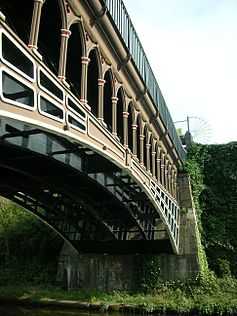Engine Arm
| Engine Arm | |||||||||||||||||||||||||||||||||||||||||||||||||||||||||||||||||||||||||||||||||||||||||||||||||||||||||||||||||||||||||||||||||||||||||||||||||||||||||
|---|---|---|---|---|---|---|---|---|---|---|---|---|---|---|---|---|---|---|---|---|---|---|---|---|---|---|---|---|---|---|---|---|---|---|---|---|---|---|---|---|---|---|---|---|---|---|---|---|---|---|---|---|---|---|---|---|---|---|---|---|---|---|---|---|---|---|---|---|---|---|---|---|---|---|---|---|---|---|---|---|---|---|---|---|---|---|---|---|---|---|---|---|---|---|---|---|---|---|---|---|---|---|---|---|---|---|---|---|---|---|---|---|---|---|---|---|---|---|---|---|---|---|---|---|---|---|---|---|---|---|---|---|---|---|---|---|---|---|---|---|---|---|---|---|---|---|---|---|---|---|---|---|---|
Legend
| |||||||||||||||||||||||||||||||||||||||||||||||||||||||||||||||||||||||||||||||||||||||||||||||||||||||||||||||||||||||||||||||||||||||||||||||||||||||||
The Engine Arm or Birmingham Feeder Arm near Smethwick, West Midlands, England, is a short canal built by Thomas Telford in 1825 to carry water from Rotton Park Reservoir (now called Edgbaston Reservoir) to the Old Main Line of the BCN Main Line Canal.
The nearby Smethwick Engine (1779) was built to pump water from below the six locks (Smethwick flight) at the eastern end of the Smethwick Summit back to the summit level. Another engine at the western end reclaimed water from use at the Spon Lane locks.
In the 1780s, a cutting was constructed by John Smeaton, enabling three of the six locks on each side of the Smethwick Summit to be removed.
When, in the 1820s, Thomas Telford cut his deeper, straighter New Main Line of the Birmingham Canal it ran close to the existing James Brindley and John Smeaton Old Main Line near Smethwick Summit.
The Engine Arm was built to bring water from Rotton Park Reservoir and also to connect the Smethwick Engine, which was used to pump water from the Birmingham Level of the canal to the Smethwick Summit (Wolverhampton Level) of the Old Main Line.
The Engine Arm was made navigable in 1830 between the Smethwick Summit of the Old Main Line canal and Engine Arm Basin, just beyond the Smethwick Engine a few hundred metres away so that boats could carry coal to the engine. Beyond Engine Arm Basin a culvert, the Birmingham Feeder, which runs parallel to the New Main Line at the top of the southern embankment, was a second feeder that brought water from Rotton Park Reservoir, supplementing an earlier feeder which followed a level contour route. The culvert (now overgrown and dry) is open for a part of its run along the canal but is covered where it runs through built-up places.
The branch crossed the New Main Line via Telford's cast iron Engine Arm Aqueduct, a Scheduled Ancient Monument.[1]
The original Smethwick Engine, at the corner of Rolfe Street and Bridge Street North was replaced in 1892 by a newer engine at Brasshouse Lane bridge, and its excavated foundations are also a Scheduled Ancient Monument,[1]
-

Telford's cast iron aqueduct
-

The top of the aqueduct
-

Roving bridge at the junction
-

Engine Arm Basin - private moorings at the end of the navigable section
See also
References
- Canal Companion - Birmingham Canal Navigations, J. M. Pearson & Associates, 1989, ISBN 0-907864-49-X